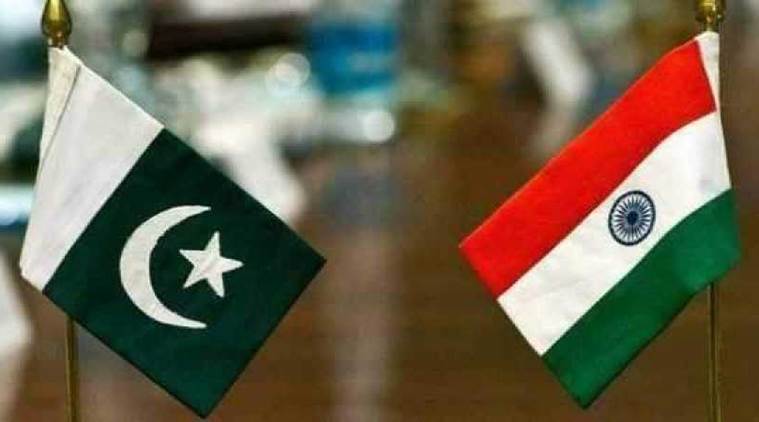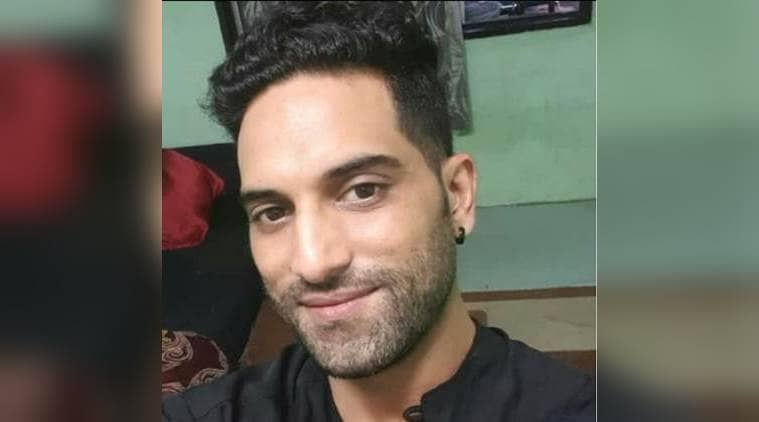India on Monday summoned Pakistan’s Chargé d’affaires Syed Haider Shah “to lodge strong protest at the recent acts of vandalism and desecration of the holy Gurdwara Sri Janam Asthan at Nankana Sahib, Pakistan, and the targeted killing of a minority Sikh community member in Peshawar, Pakistan”.

The MEA said India shared with Shah “strong concerns raised by members of civil society, parliamentarians and others at the continued persecution of religious and ethnic minorities in Pakistan, including the recent despicable and heinous acts”.
The war of words between India and Pakistan over the treatment of minorities in the two countries continued on Monday, with India summoning a senior diplomat over the “targeted killing” of a member of the Sikh community and the attack on the Nankana Sahib Gurudwara and Pakistan issuing a statement that accused India of not protecting minorities from “saffron terror”.
India on Monday summoned Pakistan’s Chargé d’affaires Syed Haider Shah “to lodge strong protest at the recent acts of vandalism and desecration of the holy Gurdwara Sri Janam Asthan at Nankana Sahib, Pakistan, and the targeted killing of a minority Sikh community member in Peshawar, Pakistan”.
The MEA said India shared with Shah “strong concerns raised by members of civil society, parliamentarians and others at the continued persecution of religious and ethnic minorities in Pakistan, including the recent despicable and heinous acts”. It said Pakistan’s government was “called upon to ensure safety, security, and welfare of the members of the minority communities in Pakistan, including their places of worship, and take immediate measures to expeditiously bring the perpetrators of such despicable and heinous acts to justice”.
 The deceased has been identified as Ravinder Singh (pic), who is the brother of first Sikh news anchor in Pakistan, Harmeet Singh. (Source: ANI)
The deceased has been identified as Ravinder Singh (pic), who is the brother of first Sikh news anchor in Pakistan, Harmeet Singh. (Source: ANI)
This is the third such statement issued by India within a week. Pakistan’s Ministry of Foreign Affairs issued a statement on Monday to reject the “Indian propaganda”. The statement said the “BJP government’s mischievous portrayal of isolated incidents in Peshawar and Nankana Sahib as alleged ‘persecution’ of minorities is part of its smear campaign” and that it is a “desperate attempt to divert attention from ongoing state terrorism” in Jammu and Kashmir and “systematic discrimination against minorities in India”.
It said it “completely rejects these fabrications, which will in no way shield the BJP government from opprobrium by the international community on “the adverse fallout of the discriminatory Citizenship Amendment Act and National Register of Citizens”.
















































































